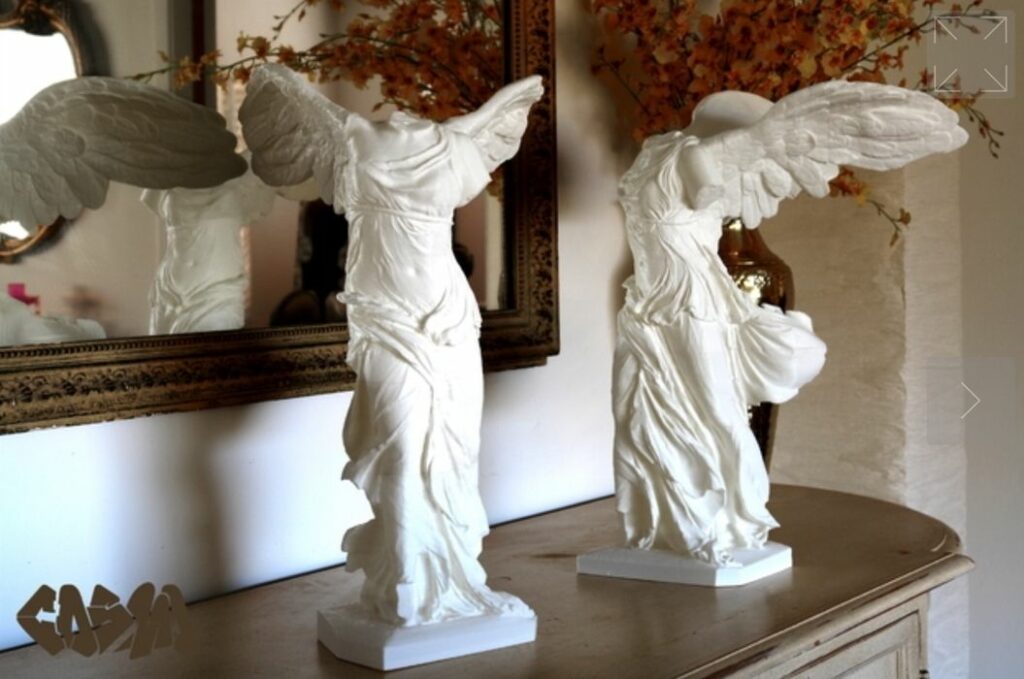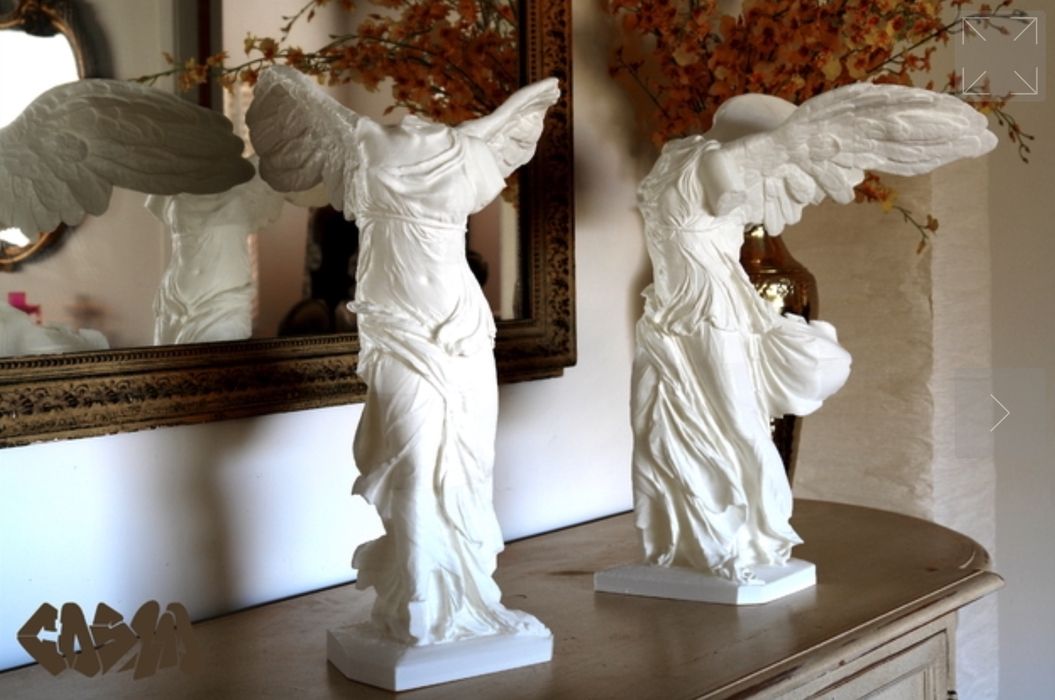
If there’s one person that’s shaking up the world of 3D scanning, it’s Cosmo Wenman.
California-based Wenman is an artist that works with companies and individuals to incorporate modern digital and additive technologies into their workflows, as well as creating many of his own designs.
But Wenman’s sideline is 3D scanning museum sculptures, and he’s been doing it for a very long time.
I first met Wenman almost ten years ago, and he described his adventures in obtaining incredibly detailed 3D scans of famous sculptures, such as the Venus de Milo or my favorite, Winged Victory.
If you haven’t seen these scans and the others published by Wenman, you’re missing out. These have astonishing resolution, and sometimes the files are big enough to choke your slicing system.
Wenman obtained the first batch of museum scans by visiting a Swiss museum exhibiting duplicates of many famous statues. Wenman set up a camera system and went to work, grabbing hundreds of images for photogrammetry processing later.
At the time the idea of scanning objects in museums was basically unknown. Museum staff really had no idea what was going on. Museums often encourage picture taking, and photogrammetry is essentially just a lot of picture taking. With some processing afterwards, of course. I’ve done some official museum statue scans myself, and it’s quite an involved process.
Why do this? Wenman explains:
“I’m also an open access activist. I argue that museums and private collectors should make 3D scans of important public domain works freely available to the public. With 3D scanning and related technologies, private collectors and museums have an unprecedented opportunity to become engines of new cultural creation. They should digitize their three dimensional collections and project them outward into the public realm to be adapted, multiplied, and remixed in new, unpredictable ways that will shape the arts for millennia. They should do this because the best place to celebrate great art is in a vibrant, lively, and anarchic popular culture.”
He is, of course, correct.
But not so in the eyes of museums, which have gradually caught on to the notion of outsiders “stealing” their sculptures.
The problem is that these sculptures were typically produced by their maker hundreds of years prior, and there is no question that the works are in the public domain at this time. They merely are being housed by the museum.
Nevertheless, many museums have aggressively protected their perceived rights in these matters, and have frequently sought to prevent scanning from taking place by outsiders. Meanwhile, internally many museums have actually had professional 3D scans done of their most famous works. However, these scans are almost always never made public — even though the works are public domain.
Wenman sought a scan for Rodin’s famous “Thinker” statue, and he became involved in a dispute with Musée Rodin in Paris. The museum refused to provide Wenman with the scan, and he then turned to legal means to free the scan.
Wenman’s strategy was to request disclosure of the scan under French freedom of information laws. The museum refused to release the scan, even when ruled against by a French court, which declared that the scans were indeed administrative documents that were subject to FOI laws.
As of Wenman’s latest update, the museum has still not complied with the release, citing “conséquences désastreuses” if they do so. Wenman believes they are fighting a losing battle, and expects the scan to be eventually released.
When it is released, this will mark a milestone, as a precedent will have been set, and we should see a stream of additional high resolution scans emerge from museums as they eventually realize they are on the wrong side.
Good work, Cosmo!
Via Cosmo Wenman

